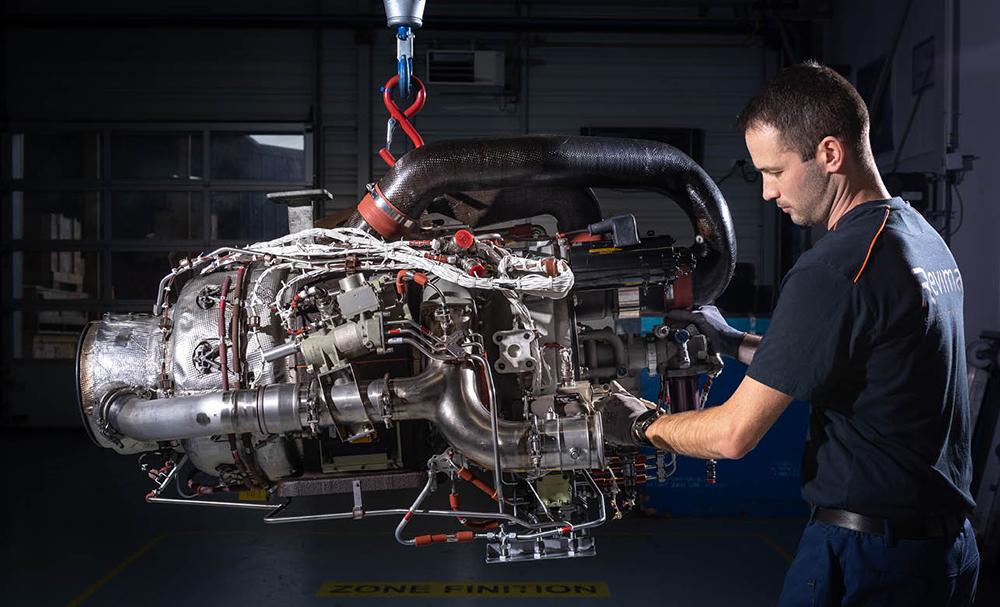
Revima’s FlightWatching service has become a kind of Swiss Army knife for monitoring aircraft, according to General Manager JP Beaujard. The tool supports predictive maintenance for auxiliary power units (APU) and other components, with the aim of saving fuel when aircraft are on the ground and can improving on-time performance by spotting delays in turnarounds.
This combination of benefits has attracted 20 customers, and FlightWatching supports now 400 aircraft. FlightWatching might be attractive to MROs, too. Beaujard notes that most requests for proposal from MROs ask for a fleet management solution. By embedding FlightWatching in its own third-party solution, an MRO can offer fleet management along with maintenance.
FlightWatching supports predictive maintenance by monitoring in real-time all the data coming off an aircraft, enabling customers to configure their own monitoring dashboards and displaying results for each aircraft or an entire fleet. This monitoring function has three levels.
First, simple math lets engineers apply standard operations like division or multiplication of monitored variables. Secondly, statistics can be graphed showing behavior of components over time versus normal operation. Machine learning can ‘teach’ algorithms to spot weak performance indicating the need for maintenance actions. Deep learning and both supervised and unsupervised machine learning are available in this third level.
Revima has already used these sorts of tools to increase APU time on wing by 6%, APU technical dispatch by 0.5% and to reduce unplanned removals to just 5% of total APU removals.
FlightWatching is working on predictive tools for other components and it has already developed several, including an algorithm for predicting recurrent defects on Airbus A330 reversers and cargo components on Boeing 747-8s.
The second benefit of real-time aircraft monitoring is on-ground fuel saving. Revima says FlightWatching can improve single-engine taxiing and spot excessive use of engines and APUs at gates—for example, starting APUs earlier than necessary to achieve desired cabin temperature or failing to replace APU power with less expensive ground power. Beaujard says these services can save up to $30,000 per year on a narrowbody and more than $100,000 per year on a widebody, plus 75% of annual maintenance expenses on a typical APU.
Finally, real-time monitoring can spot excessive time devoted to tasks at gates, such as time lost in opening doors, loading cargo and replenishing fuel. Revima says spotting and fixing these delays can improve on-time performance and customer satisfaction. Beaujard also claims FlightWatching is less expensive than other predictive services.
No modification of aircraft is necessary for FlightWatching. To use the tool, airlines forward raw data they get today from ACARs or other services, including downloads at gates. FlightWatching reformats data on a server dedicated to each customer and the customer accesses its self-configured data displays via computers, laptops, tablets or other mobile devices.





